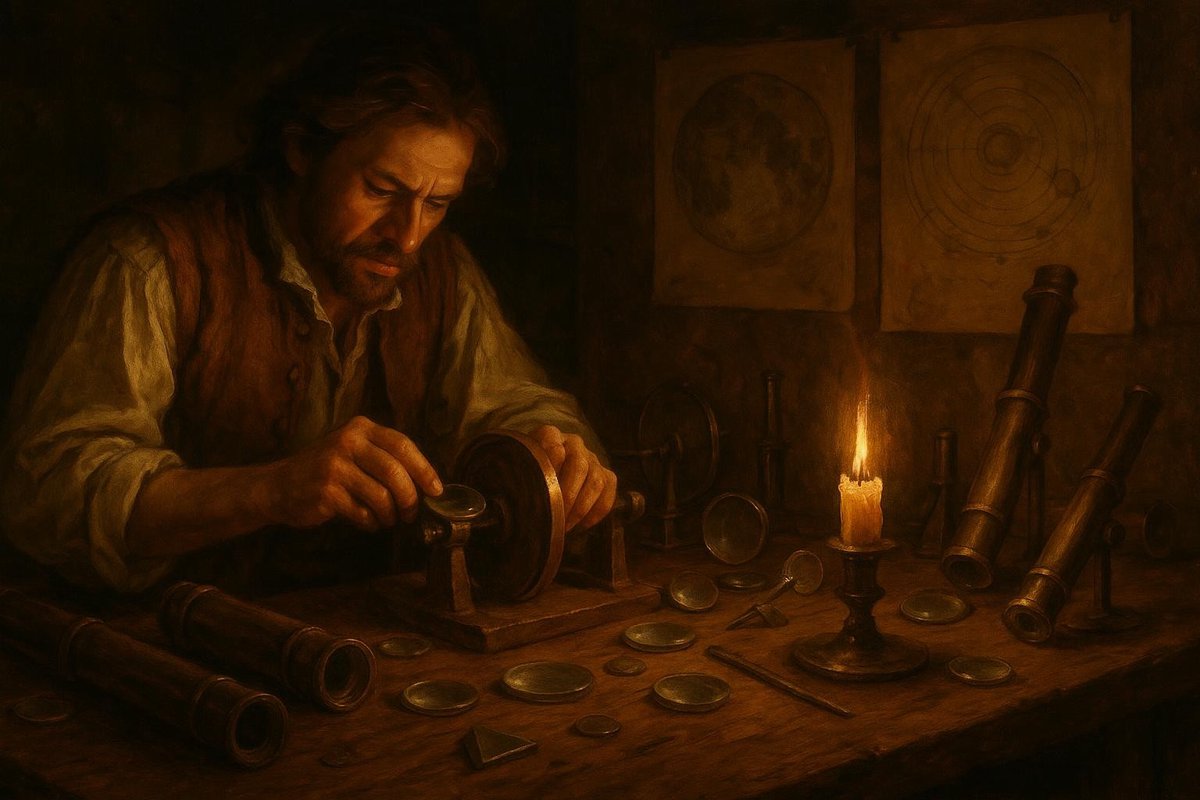
Unpacking the Question: How Did the Telescope Come to Be?
Have you ever wondered how the telescope, an instrument that lets us gaze into the cosmos, was invented? The answer is not as straightforward as it seems. The invention of the telescope wasn’t a solitary eureka moment but rather a confluence of ideas and serendipitous events that spanned countries and cultures.
- Interestingly, the telescope was born not in the minds of astronomers but in the workshops of spectacle makers.
- Hans Lippershey, a Dutch eyeglass maker, is often credited with its creation in 1608, though similar designs were emerging elsewhere.
- The cultural landscape of the Renaissance, with its emphasis on exploration and discovery, set the stage for such an invention.
As time goes on, we see how the telescope was not just a tool but a catalyst that fueled humanity’s quest to understand the universe. No wonder Galileo Galilei, who improved upon the original design, is often remembered as a central figure in this journey.
Surprising Facts: The Telescope’s Unlikely Origins
Many people believe that the telescope was a deliberate invention, but its creation was more of a fortunate accident. The story begins not with one individual, but with several inventors scattered across Europe.
- Hans Lippershey’s patent application in the Netherlands marked a turning point, but similar devices were independently developed in Italy and England.
- Galileo, hearing of these ‘spyglasses,’ crafted his own version in 1609 and pointed it skyward, revealing celestial wonders like Jupiter’s moons.
- Debates over who truly invented the telescope sparked rivalries and collaboration among scientists, artisans, and merchants.
The social context of the time, with its flourishing trade routes and intellectual exchanges, allowed such groundbreaking ideas to circulate widely and rapidly.
What Science Says: The Telescope’s Impact on Knowledge
The telescope was revolutionary, challenging long-held beliefs and igniting new scientific inquiries. But what made it so transformative?
- For the first time, humans could see beyond the naked eye, revealing details of celestial bodies that were previously invisible.
- Galileo’s observations supported the Copernican model of a heliocentric solar system, challenging the geocentric views held by the Church.
- The scientific method began to shift from purely theoretical speculation to observational evidence, paving the way for modern astrophysics.
This shift in perspective was not just a scientific breakthrough but also a cultural one, prompting philosophical debates about humanity’s place in the universe.
What It Means for Us: The Telescope’s Legacy
What lessons can we draw from the story of the telescope? This invention not only changed our understanding of the universe but also our approach to knowledge and discovery.
- The telescope symbolizes the power of curiosity and the importance of challenging established beliefs.
- Its development underscores the value of cross-cultural exchanges and collaborative innovation.
- The debates it sparked remind us that scientific progress often involves questioning the status quo and embracing uncertainty.
In the end, the story of the telescope is a testament to human ingenuity and the enduring quest to explore the unknown.
As we wrap up our journey, we appreciate how the invention of the telescope echoes through history, inspiring endless exploration and discovery. It serves as a reminder that innovation often comes from unexpected places and that the pursuit of knowledge is a never-ending adventure.
Fuel Someone Else’s Curiosity
If this story of discovery inspired you, consider sharing it with someone who might also find it fascinating. The more we explore and question, the more we learn. Let’s keep the spirit of curiosity alive!

Leave a Reply